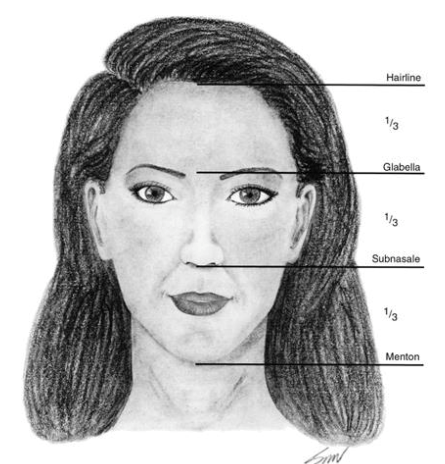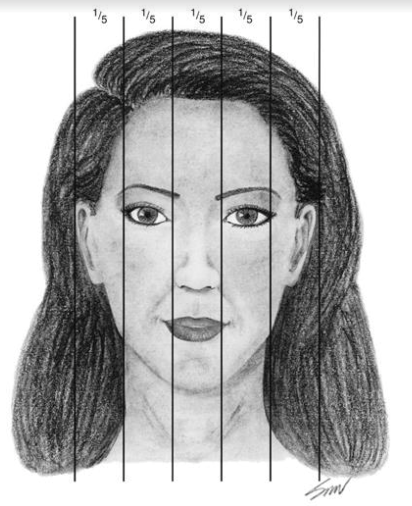Facial Analysis and Cephalometrics
Understanding the guiding principles involved in facial analysis and cephalometrics is essential during facial plastic and reconstructive surgery encounters. It is important to remember that each subunit and facial structure is assessed in relation to each other in order to evaluate position, proportion, and ideal aesthetics. This is also important to consider postoperatively as any alteration to a facial subunit or angle could lead to subtle or dramatic changes to one’s physical appearance. Facial proportions and angles vary by age, gender, and ethnicity. Societal and cultural trends may influence the cosmetic goals of a patient. Preoperative and postoperative photographic documentation can aid in patient discussions and assist the surgeon with surgical planning.
- Perform a detailed facial analysis
- Identify the soft tissue and bone anatomic landmarks of the face
- Review the facial subunits
- Recognize the ethnic and gender variations involved in facial analysis
- Explain the standardization of preoperative and postoperative photographic documentation
Learner must Sign In to access AAO-HNSF education activities.
- Otolaryngology Patient Scenarios (OPS):




